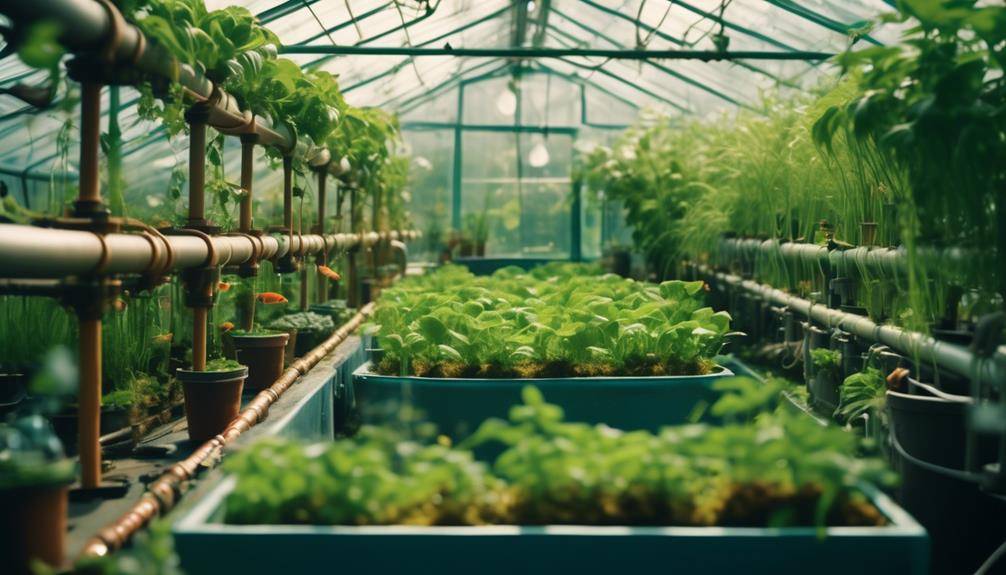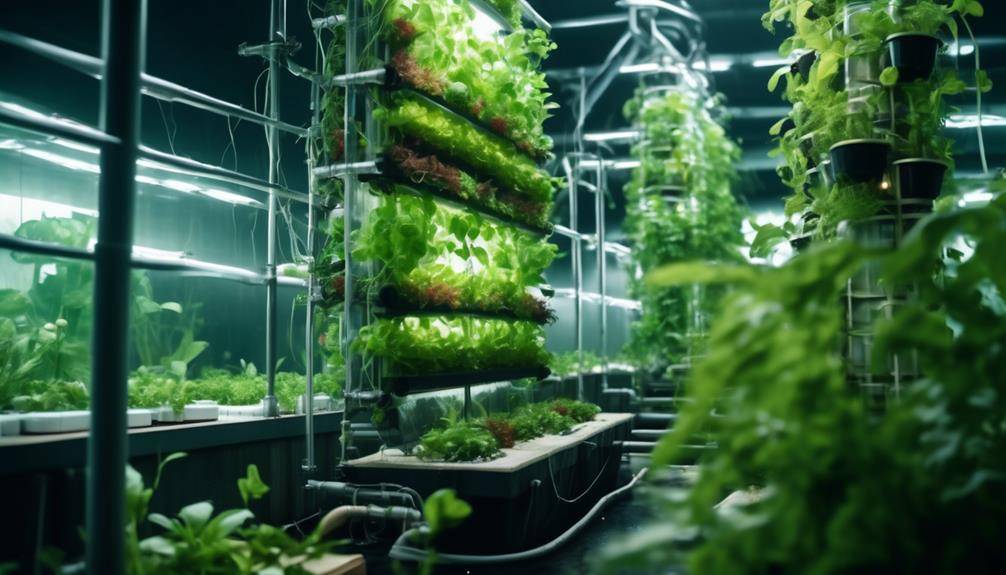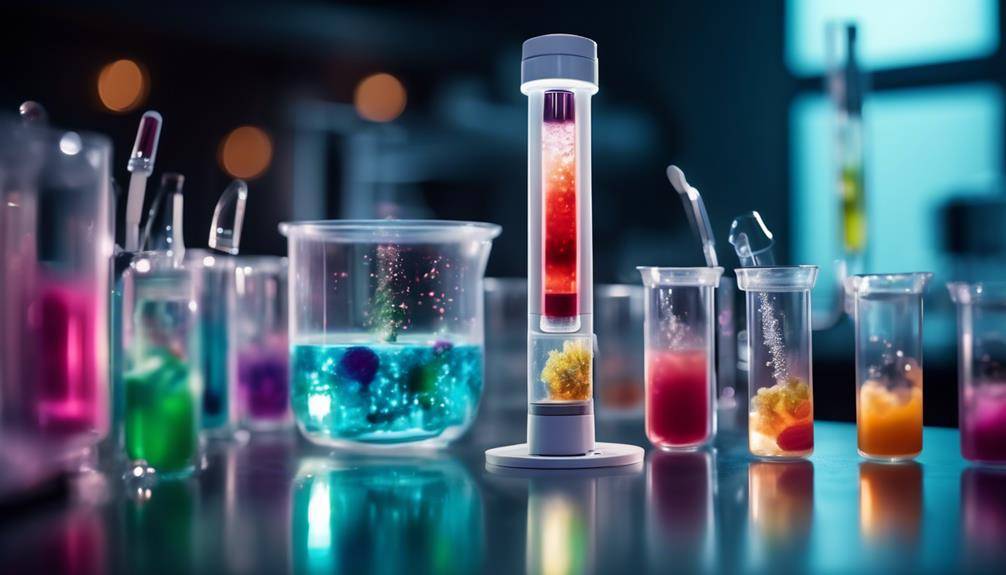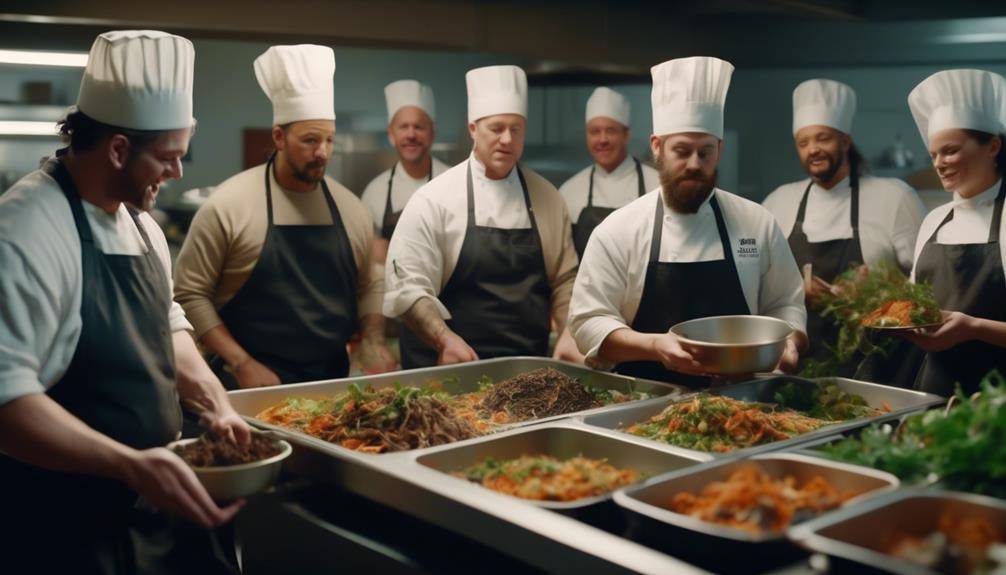Amazing 3D Food Printing In Space Exploration
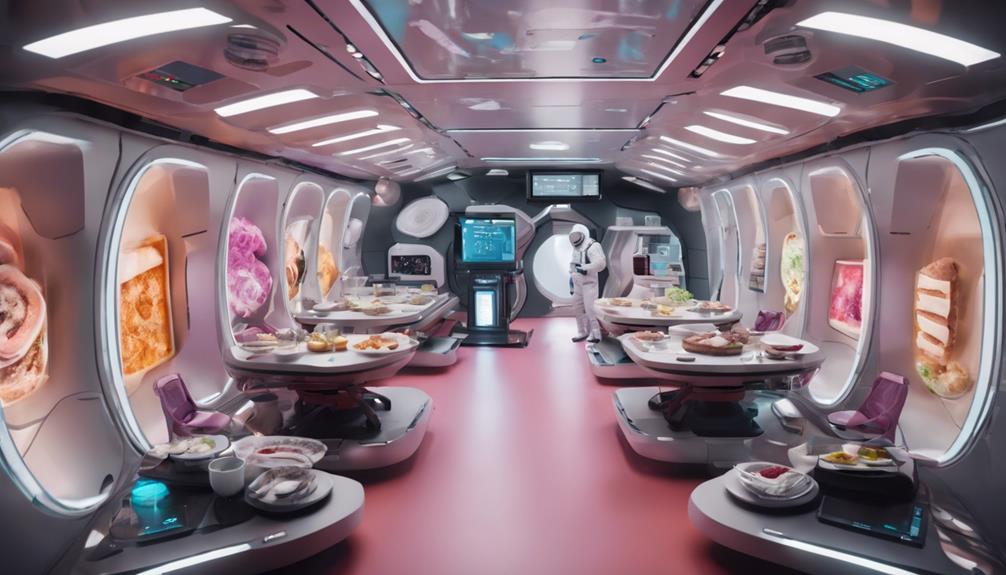
3D Food Printing In Space Exploration; 3D food printing is changing how astronauts eat during space missions. It allows you to customize meals based on your nutritional needs and dietary preferences, ensuring you get essential nutrients in microgravity. This technology reduces food waste by creating meals on demand and helps maintain morale by offering familiar and enjoyable foods. By addressing challenges like nutritional balance and food safety, 3D printing supports both physical and mental well-being. With ongoing advancements, the future of food in space looks promising, pushing the boundaries of how we eat beyond Earth. There’s much more to explore about its potential applications.
Overview of 3D Food Printing
In the domain of culinary innovation, 3D food printing stands out as a groundbreaking technology that transforms how we think about meal preparation and consumption. This innovative approach allows you to create intricate dishes layer by layer, using various edible materials. You can customize your meals not only for taste but also for texture and appearance, giving a new meaning to food technology.
Imagine being able to print a gourmet meal with precision, adjusting flavors and nutrients to fit your needs. You can experiment with ingredients, combining them in ways that traditional cooking methods simply can’t achieve. This method saves time and minimizes waste, as you can produce exactly what you need without excess.
As you explore the possibilities of 3D food printing, you’ll discover its potential to revolutionize how we approach food and cooking. By integrating this technology into your culinary repertoire, you’re not just preparing meals; you’re participating in a new era of food innovation. Ultimately, 3D food printing opens up exciting avenues for creativity and personalization in the kitchen, making it a pivotal aspect of modern culinary practices.
Importance of Nutrition in Space
When you’re in space, nutrition isn’t just about survival; it’s essential for maintaining your physical health and psychological well-being. You need fundamental nutrients to keep your body functioning at its best while facing the unique challenges of a microgravity environment. Plus, food preservation becomes a significant concern, as you’ll want to guarantee your meals remain safe and nutritious during long missions.
Essential Nutrient Requirements
Nutrition plays an important role in space exploration, as astronauts rely on a balanced intake of essential nutrients to maintain their health and performance during extended missions. You need to focus on important vitamins and minerals, as they support various bodily functions necessary for survival in a microgravity environment.
To achieve the best health, you’ll want to make sure you’re getting adequate vitamin sources, which can include fruits, vegetables, and fortified food products. Vitamins like A, C, D, and E play significant roles in immune function, bone health, and antioxidant protection.
Equally important is maintaining a proper mineral balance. Minerals like calcium, potassium, and magnesium are crucial for muscle function, bone density, and overall metabolic processes. In a space setting, where exercise and physical activity can be limited, it’s important to prevent deficiencies that could lead to health complications.
Psychological Well-being Factors
Maintaining psychological well-being during space missions hinges on a balanced diet that meets both physical and emotional needs. Nutrition plays an essential role in your mental health, affecting mood, cognitive function, and overall resilience. When you eat well, you’re better equipped to handle the stresses of isolation and confinement in space.
A varied diet, rich in vital nutrients, helps stave off feelings of fatigue and irritability, which can arise from poor eating habits. Additionally, food can serve as a source of comfort and familiarity, reminding you of home and providing a sense of normalcy. Engaging in meal preparation and sharing meals with your crewmates can foster social interaction, further enhancing your mental well-being.
Food is more than just sustenance; it’s a way to connect with others, share experiences, and build camaraderie in a challenging environment. By prioritizing nutritious meals and creating opportunities for shared dining experiences, you can greatly improve your psychological state during long missions. In turn, this positive mental outlook can enhance team dynamics and overall mission success. Balancing nutrition with social interaction is key to thriving in the unique and demanding setting of space.
Food Preservation Challenges
Space missions present unique food preservation challenges that can greatly impact your nutrition. The need for microbial safety is critical, as the confined environment of a spacecraft can foster the growth of harmful microorganisms. To guarantee shelf stability, you must rely on advanced thermal processing and innovative packaging technologies that protect food from spoilage.
Atmospheric conditions in space, such as low pressure and limited oxygen, complicate preservation efforts, leading to nutrient degradation over time. You need effective storage solutions that maintain the long-term viability of your food supplies, assuring they remain safe and nutritious throughout the mission. Spoilage prevention is key, as any compromised food can pose serious health risks.
Additionally, the shelf life of food products has to be meticulously calculated to avoid waste and guarantee adequate nutrition. By focusing on food safety through rigorous testing and the development of specialized preservation techniques, you can mitigate these challenges. Remember, your health and performance during missions depend on the quality of the food you consume, making effective food preservation a top priority in space exploration.
Challenges of Space Food Supply
One of the biggest challenges in supplying food for astronauts is guaranteeing that meals are not only nutritious but also suitable for long-duration missions. You’ll need to reflect on space farming as a potential solution, but that also requires effective resource allocation and innovative food technology.
Ingredient sourcing becomes tricky when you’re far from Earth, and you must guarantee that all food packaging meets strict food safety standards. Dietary preferences add another layer of complexity, as you want to accommodate diverse tastes while maintaining nutritional balance.
The supply chain in space is fraught with challenges, from the transportation of ingredients to their storage solutions. You’ll need to develop systems that minimize waste management issues because every ounce counts in space.
Moreover, you must navigate the intricacies of food preservation to guarantee meals remain viable over time. This calls for advanced food packaging techniques and an understanding of how different foods interact in a microgravity environment. Ultimately, tackling these challenges is essential for the success of long-term space missions, guaranteeing that astronauts stay healthy and satisfied while exploring the final frontier.
How 3D Food Printing Works
To tackle the complexities of food supply in space, 3D food printing emerges as a promising technology. This innovative approach utilizes advanced 3D printer technology to create meals tailored for astronauts. You can expect a blend of ingredient diversity, allowing for a variety of flavors and textures. With precise printing accuracy, the printer layers ingredients in a way that promotes food texture innovation and meal aesthetics, making space meals more appealing.
User interface design plays a significant role in this process, enabling astronauts to customize their meals easily. As they select options, the system guarantees nutritional optimization, meeting dietary needs without compromising taste. Food safety standards are rigorously followed, guaranteeing that every printed meal is safe for consumption in the unique environment of space.
Moreover, flavor enhancement techniques are employed, elevating the sensory experience of eating in orbit. This capability not only addresses the nutritional requirements but also creates a more enjoyable dining experience. Ultimately, 3D food printing in space is about transforming meal design, making it possible to enjoy diverse, nutritious, and visually appealing meals, all while maneuvering the challenges of space exploration.
Benefits for Astronauts’ Health
3D food printing offers several significant benefits for astronauts’ health, enhancing their overall well-being during missions. By utilizing this innovative technology, you can achieve a nutritional balance that meets your unique dietary needs. The ability to create meal variety helps prevent monotony, ensuring that you look forward to your meals, which is essential for maintaining morale in space.
Hydration strategies can also be improved with 3D food printing. You can incorporate hydrating ingredients into your meals, promoting better digestive health and helping to counteract the dehydrating environment of space. The culinary creativity involved in designing your meals allows for flavor enhancement and sensory satisfaction, making your dining experience more enjoyable.
Moreover, the streamlined meal preparation process reduces the risk of food safety issues, as printed meals can be designed to minimize contamination risks. This focus on food safety is critical for maintaining your health throughout the mission. Overall, these benefits not only support your physical health but also contribute to your psychological comfort, making your time in space a more pleasant experience.
Customization of Meals
While space missions often restrict food choices, 3D food printing allows you to customize your meals to fit personal preferences and dietary restrictions. This technology empowers you to create dishes that cater to your specific tastes, whether you prefer spicy, sweet, or savory options. Meal personalization becomes a reality as you can adjust ingredients, flavors, and textures according to what you enjoy most.
Imagine being able to print a meal that not only satisfies your hunger but also meets your dietary preferences, such as vegetarian, gluten-free, or low-carb options. You won’t have to settle for pre-packaged foods that might not align with your needs. Instead, 3D food printers can transform nutrient-rich ingredients into appetizing meals that you genuinely want to eat.
This level of customization enhances the overall dining experience in space, making long missions feel a bit more like home. You’ll find that having a say in what you eat can boost morale and improve your well-being during those extended journeys. With 3D food printing, your meals can be as unique as you are, ensuring you maintain both satisfaction and health while exploring the cosmos.
Reducing Food Waste
One of the most pressing challenges in space missions is managing food waste, and 3D food printing can greatly help with this issue. With the limited space available in spacecraft, efficient food storage becomes essential. Traditional food items often spoil or go unused, leading to unnecessary waste. By utilizing 3D food printing technology, you can create meals on demand, tailoring the quantity to what you need at any given moment. This approach minimizes leftovers and guarantees that every ingredient is used effectively.
Moreover, 3D printing allows for precise control over the ingredients, meaning you can produce meals that are nutritionally balanced without excess. This method enhances waste management by reducing the chances of food becoming outdated before it’s consumed. Instead of packing large quantities of food that may not be eaten, you can manufacture what you need, when you need it.
In the context of space exploration, this not only streamlines food storage but also contributes to sustainability. By reducing food waste, you help guarantee that resources are used efficiently, making your mission more sustainable and successful in the long run.
Ingredients for 3D Printing
When you think about 3D food printing in space, the choice of ingredients is vital. You’ll need to contemplate not just the essential ingredients that provide nutrition, but also how sustainable these options are for long-term missions. Balancing nutritional requirements with sustainability will be key to ensuring astronauts stay healthy while reducing waste.
Essential Ingredients Overview
In the domain of 3D food printing, specific ingredients play an important role in creating edible structures that are both nutritious and palatable. You’ll need to focus on ingredient sourcing to guarantee you have high-quality components that meet food safety standards. The right printing technology can help you achieve various flavor profiles, allowing for customized meals that cater to individual tastes.
When considering dietary restrictions, you’ll want to select ingredients that are compatible with different diets, whether for allergies or personal choices. Ingredient compatibility is essential not only for taste but also for achieving the desired texture variation in the final product. Nutrient density is another significant factor; you should aim for ingredients that provide the most nutritional value.
Keep in mind the ingredient shelf life, as long-lasting components are critical in space exploration. You may face formulation challenges when working with different ingredients, but overcoming these will enhance the overall dining experience. By understanding these important ingredients, you can create 3D-printed meals that are both enjoyable and tailored to the unique needs of space missions.
Nutritional Requirements Considerations
Understanding nutritional requirements is fundamental for creating 3D-printed meals that meet the unique needs of astronauts. You need to take into account dietary restrictions and food allergies to guarantee every meal is safe and enjoyable. Furthermore, nutrient absorption can be affected by the microgravity environment, so it’s important to tailor nutrient profiles accordingly.
Meal frequency plays a significant role in maintaining energy levels during missions. You’ll want to design meals that support consistent caloric intake throughout the day. Hydration strategies are also essential; incorporating hydrating ingredients can enhance overall meal satisfaction while securing proper fluid balance.
Flavor preferences and food texture are key factors in meal acceptance. Astronauts may crave familiar tastes from their cultural cuisines, so integrating these elements can improve morale. In addition, supplement needs should not be overlooked; the right vitamins and minerals can help combat the physical challenges of space travel.
Sustainability in Ingredients
Sustainable ingredients are fundamental for 3D food printing in space exploration, as they not only reduce environmental impact but also guarantee a reliable food source for astronauts. By focusing on local sourcing, you can make certain that ingredients are fresh and minimize transportation emissions. Incorporating alternative proteins, like edible insects, can also provide significant nutrients while being resource-efficient.
Vertical farming techniques can play an essential role in growing ingredients in space. This method saves space and water while maximizing crop yield, making it perfect for closed loop systems. Sustainable packaging becomes important as well, ensuring that materials used for food storage don’t contribute to waste.
Regenerative agriculture practices can enhance soil health on Earth, promoting biodiversity and resilience. This approach can inform how you grow and manage crops in space, guaranteeing sustainability. Waste recycling systems can further support these efforts by repurposing food scraps and packaging into new resources.
Current Research and Developments
Recent advancements in 3D food printing are transforming the way astronauts will eat during long-duration space missions. Researchers are focusing on combining food technology and material science to create meals tailored to astronaut preferences. This culinary innovation isn’t just about taste; it’s also about enhancing the sensory experience of eating in space.
As space agriculture develops, scientists are exploring how to integrate fresh ingredients with 3D printing techniques. This approach allows for better resource management and minimizes environmental impact by reducing waste. Imagine a habitat design where food is printed on-demand, utilizing local ingredients grown in space. This not only saves storage but also guarantees a fresh supply of nutrients.
Current research is also delving into the logistics of food preparation in microgravity. By understanding how 3D printing can streamline meal preparation, researchers aim to create efficient systems that cater to the unique challenges of space missions. These advancements promise to revolutionize how astronauts eat, making their meals not just sustenance, but an enjoyable part of their journey. With each breakthrough, the future of space cuisine looks brighter and more promising than ever.
Case Studies in Space Missions
As research in 3D food printing progresses, real-world applications are beginning to emerge in various space missions. One notable example is the NASA-funded experiment aboard the International Space Station (ISS), where astronauts utilized a 3D food printer to create customized space cuisine. This technology integration allowed them to print pizzas and other meals, tailored to their nutritional needs and personal preferences.
In another mission, the European Space Agency (ESA) explored the potential of 3D printing to reduce food waste. By using precise ingredient combinations, astronauts were able to consume only what they need, minimizing leftovers and maximizing efficiency.
These case studies highlight the promising capabilities of 3D food printing in enhancing the dining experience in space. As you consider future missions, think about how this innovative technology not only addresses the challenges of food supply but also contributes to the overall well-being of astronauts. The ability to print meals in orbit could revolutionize the way we approach space cuisine, making long-duration missions more sustainable and enjoyable. By integrating this technology, space agencies can guarantee that astronauts have access to nutritious and appealing meals, paving the way for successful exploration beyond Earth.
Future of Food in Space
Envisioning the future of food in space opens up exciting possibilities for enhancing astronauts’ nutritional experiences during long missions. Imagine a world where space agriculture thrives, allowing crews to grow fresh ingredients right on their spacecraft or stations. This innovative farming approach could revolutionize how you think about meals in zero gravity, guaranteeing you have access to essential nutrients and flavors.
With advancements in technology, you might soon enjoy a variety of extraterrestrial cuisine. Picture savoring freshly printed meals utilizing 3D food printers that create dishes tailored to your nutritional needs. As astronauts cultivate crops in controlled environments, they’ll have the opportunity to experiment with different flavors and textures, leading to meals that are not only nutritious but also delicious.
Additionally, integrating space agriculture with food printing could guarantee a sustainable food supply, reducing the need for resupply missions from Earth. Ultimately, this evolution in space food will enhance your well-being and morale during extended missions, making the experience more enjoyable and fulfilling. As we push the boundaries of exploration, the future of food in space promises to be as thrilling as the journeys themselves.
Potential for Mars Colonization
With the potential for Mars colonization on the horizon, the need for sustainable food sources becomes increasingly significant. You’ll need to explore innovative approaches like 3D food printing to guarantee that Martian settlers can thrive. By leveraging this technology, you can create customized meals tailored to individual nutritional needs, reducing food waste and enhancing overall health in the challenging Martian environment.
Martian agriculture will play an essential role in sustaining life on the Red Planet. With the right cultivation techniques and nutrient-rich soil, you can grow crops in controlled habitats, paving the way for a new era of extraterrestrial cuisine. Imagine enjoying fresh produce and diverse dishes made from ingredients grown right on Mars!
Additionally, 3D food printing can complement traditional farming methods, providing instant access to necessary nutrients and flavors. This integration allows you to experiment with unique recipes, pushing the boundaries of what we consider food. As you set out on this journey, the fusion of Martian agriculture and 3D food printing will redefine how you think about food, making it a fundamental component of successful colonization efforts on Mars.
Ethical Considerations and Sustainability
Ethical considerations and sustainability are fundamental when implementing 3D food printing in space exploration. You need to think about ethical sourcing of ingredients to guarantee that the food produced respects human rights and health standards. This means prioritizing materials that minimize environmental impact, supporting responsible innovation.
Waste management plays an essential role in sustainability practices. Developing efficient systems to recycle and repurpose food waste can greatly reduce the ecological footprint of space missions. You should also consider cultural aspects, as food preferences vary widely among astronauts. Addressing these cultural considerations is critical for maintaining morale and guaranteeing acceptance of 3D printed meals.
Resource allocation is another important factor. In a confined space like a spacecraft, every resource must be used wisely to ensure long-term viability. This involves optimizing energy consumption and integrating efficient systems that support sustainability goals.
Ultimately, you need to aim for a balance between technological advancement and ethical responsibility. By focusing on these ethical considerations, you can help pave the way for a more sustainable future in space exploration, guaranteeing that the benefits of 3D food printing extend beyond immediate needs to foster lasting positive impacts.
Frequently Asked Questions; 3D Food Printing In Space Exploration
How Does 3D Food Printing Impact Food Preservation in Space?
3D food printing enhances food preservation by improving nutritional efficiency and minimizing waste. You can source ingredients more effectively, ensuring meals remain fresh longer, ultimately supporting a sustainable food supply for extended missions.
What Types of Machines Are Used for 3D Food Printing in Space?
You’ll find various machines used for 3D food printing, including robotic systems that automate the process. Material selection is essential, ensuring the right ingredients are utilized for successful and efficient food creation in challenging environments.
Are There Any Specific Dietary Restrictions Considered in Space Food Printing?
When considering dietary restrictions, you must account for nutritional requirements and allergen considerations. Ensuring astronauts receive balanced meals while avoiding allergens is essential for maintaining health during missions, influencing food printing decisions considerably.
How Does 3D Food Printing Affect the Psychological Well-Being of Astronauts?
3D food printing boosts your psychological well-being by enhancing social interaction among astronauts. It fosters culinary creativity, allowing you to express yourself through food, which can alleviate stress and improve morale during long missions away from Earth.
Can 3D Food Printing Be Used for Non-Food Applications in Space Exploration?
Yes, you can use 3D printing for non-food applications in space exploration. It enhances material usage and resource efficiency, allowing you to create nutritional alternatives and essential tools, maximizing sustainability in harsh environments.
Conclusion
To sum up, 3D food printing holds incredible promise for the future of space exploration. It not only addresses the unique nutritional needs of astronauts but also tackles the challenges of food supply in space. As we look toward missions to Mars, this innovative technology could revolutionize how we think about food in a zero-gravity environment. Embracing this approach will enhance astronauts’ health and support sustainable living in outer space, making the possibilities truly exciting.



